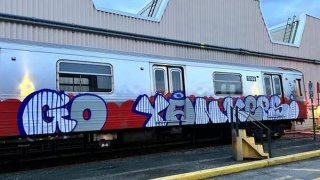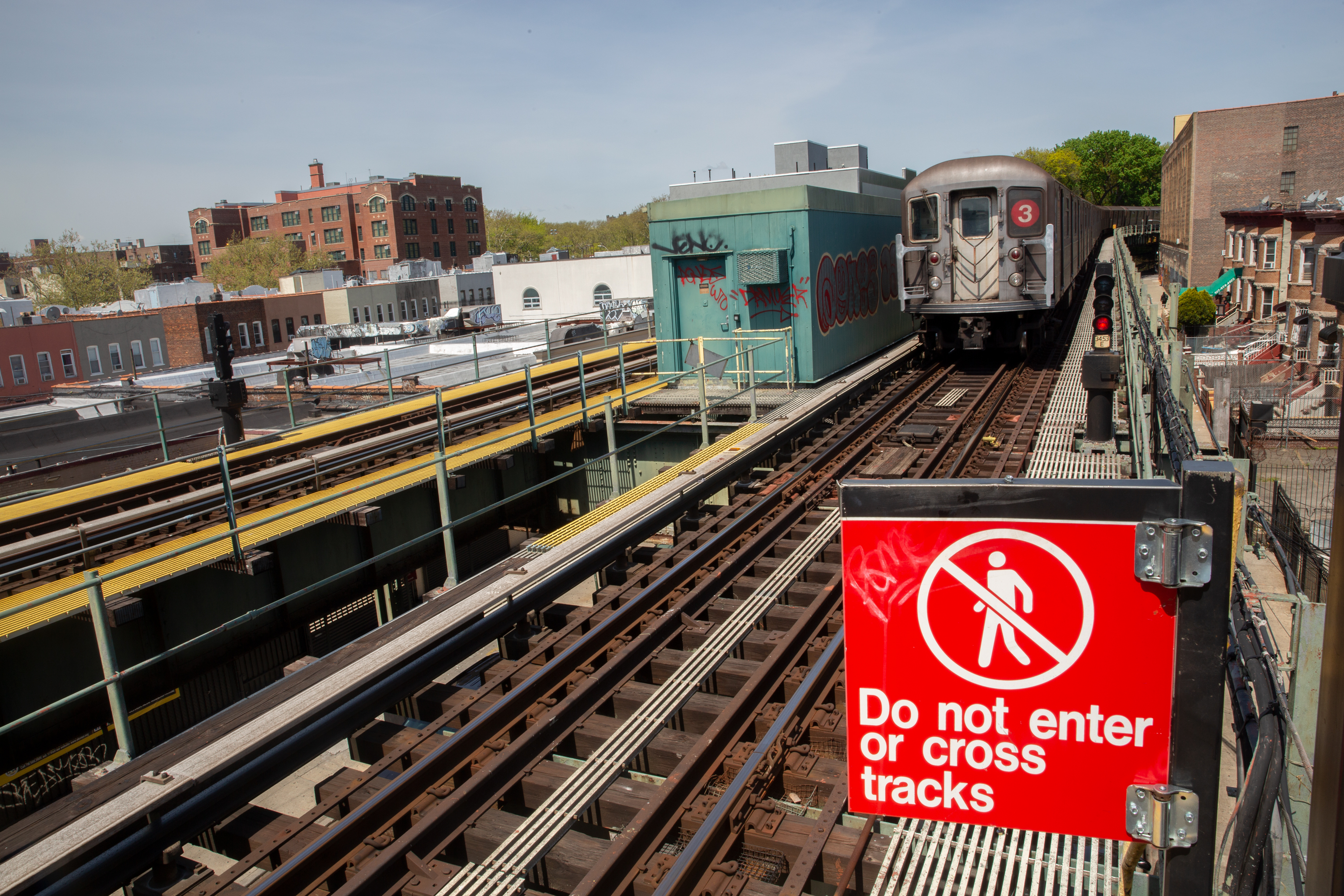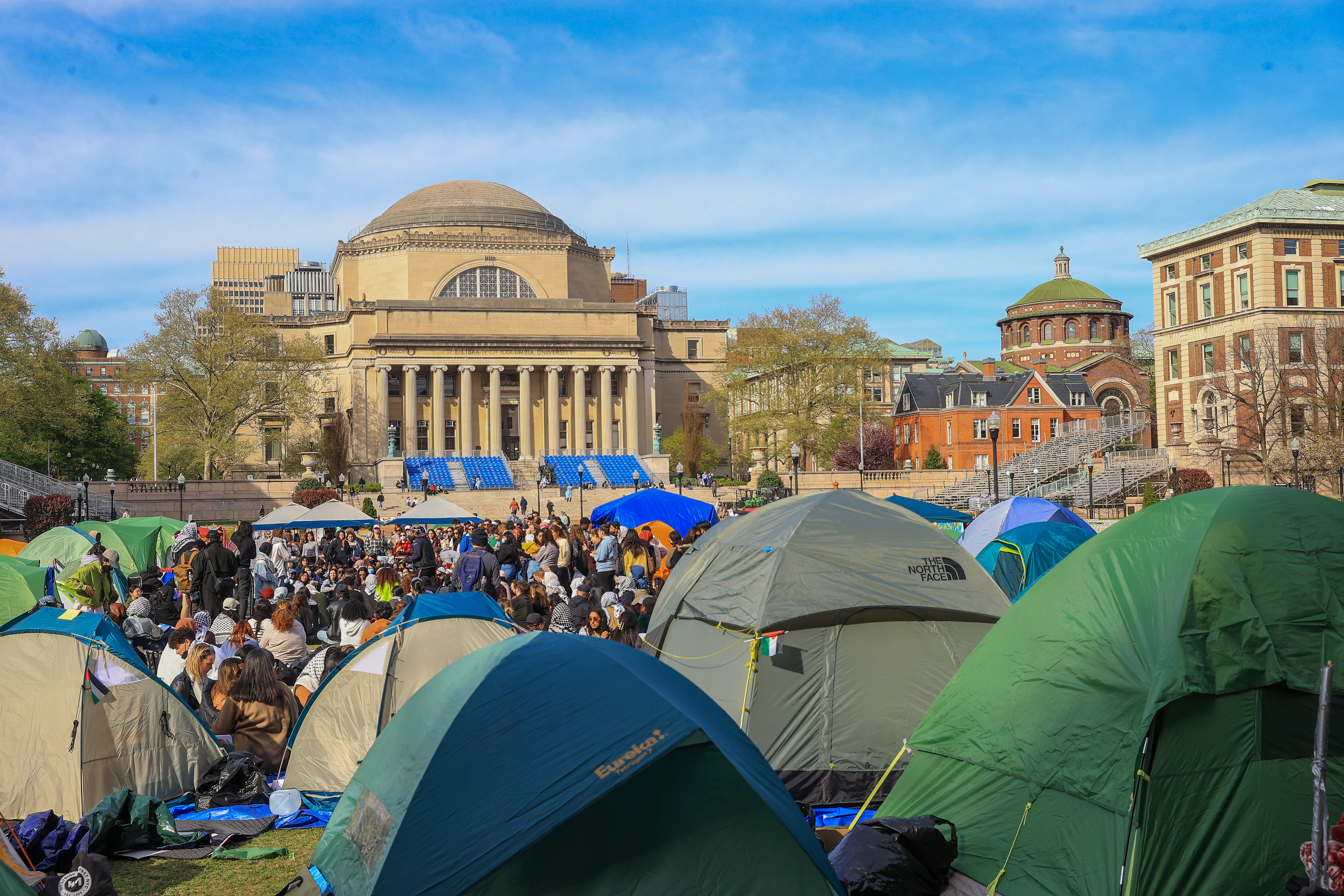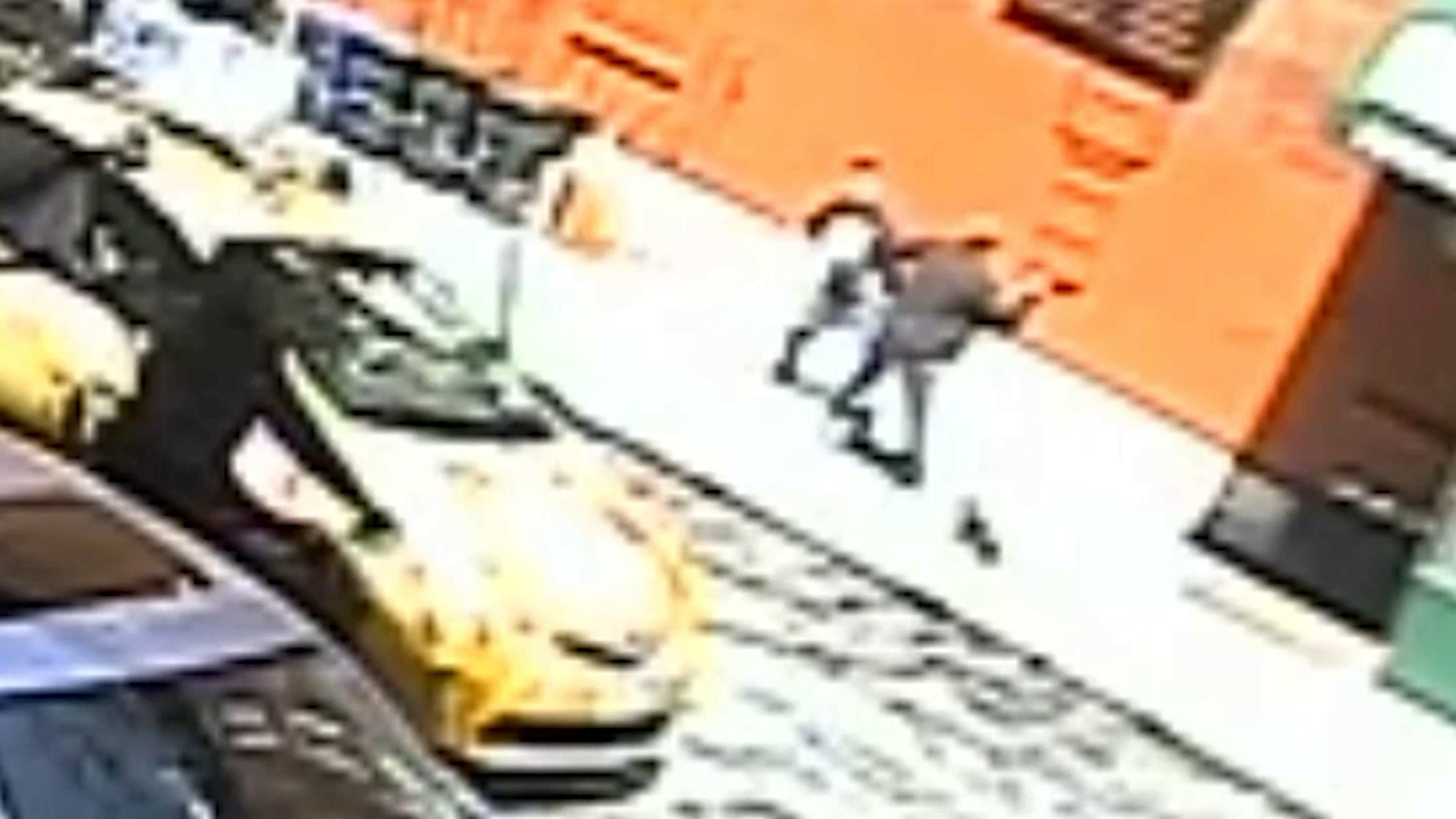
This article was originally published on May 5 at 6:48pm EDT by THE CITY
On April 18, the French graffiti artist Julien Blanc posted photos to Instagram of his signature “JiBEONE” tag on a Manhattan rooftop where he was, he wrote, “waiting for the sunrise.”
Days later, Blanc and graffiti partner Pierre Audebert were both struck and killed by a train at an elevated station along the No. 3 line in Brooklyn, in what sources described as the pursuit of a prized canvas sought by spray-paint Picassos around the world.

Get Tri-state area news and weather forecasts to your inbox. Sign up for NBC New York newsletters.
The deaths of Blanc, 34, and Audebert, 28, highlight the enduring — and growing — allure of tagging New York trains decades after the heyday of graffiti in the transit system. The MTA has documented a recent surge in the number of subway cars tagged, nearly double so far this year from the same time period in 2019.
“For the newer generation who are interested in the subway, it’s still a draw,” said Eric Felisbret, a graffiti historian who painted trains as ‘DEAL CIA’ in the late 1970s and early 80s. “It’s the Mecca, where they want to sort of get that feather in their cap that they’ve painted on a train in the birthplace of subway graffiti.”
The 209 graffiti markups from Jan. 1 through early May amount to a 95% year-to-date increase from 2019, when there were 107, MTA statistics provided to THE CITY show.
The spike comes after the number of tags per year had plummeted from 443 in 2018 to 297 a year later, a 33% decrease.
News
But after that number fell again to 208 in 2020, according to the MTA, subway graffiti shot up in 2021 and is on pace to blow past the 300 total reports from last year — with 89% occurring in tunnels and tracks where out-of-service trains are stored.
The rise in underground artistry is evident on the MTA website, where the agency posts weekly updates for “incidents of vandalism” in the transit system.
For the week starting March 28, the MTA tallied 73 occurrences of subway graffiti, followed by 68 the next week — by far, the highest weekly totals since the MTA began posting the numbers in August 2020. There were 59 for the week starting April 25, days after the two deaths.
Among the graffiti showpieces last month was a B train subway car emblazoned with “Let’s Go Yankees” in Bomber colors and pinstripes.
“The MTA considers acts of vandalism to be unacceptable,” Sean Butler, a spokesperson for the agency, told THE CITY. “These acts are costly to the MTA and taxpayers, and often extremely dangerous.”
‘It’s a Pilgrimage’
An NYPD spokesperson said trains stored in so-called layup areas are primarily targeted “by individuals living overseas.”
“As restrictions on international travel have lifted, we have seen an increase in layup graffiti incidents,” said the spokesperson, Lt. Jessica McRorie.
The area near the elevated Sutter Avenue-Rutland Road station in Brownsville where Blanc and Audbert’s bodies were found early on April 20 is near an underground layup area, transit workers told THE CITY, and veteran graffiti artists said it has long attracted people who want to leave their mark on the subway.
“They go to places that were well known in the 70s and 80s,” said Louie Gasparro, an actor and artist whose graffiti tag was KR.ONE. “That folklore has gotten to the community in Europe, so for the European writers, it’s a pilgrimage.”

Fred Vilomar, who tagged trains as “REE” from 1973 to 1977, said the area in Brownsville has been “well known” in street-art circles for decades.
“It was a hotspot when I was teenager, but getting into that location, you have to have timing and luck, you understand?” he said. “It’s a risky game to play and I’m sorry their lives were lost.”
Vilomar, who is in his 60s and remains active as a street artist, said he quit spray painting in the subway after a friend was fatally struck by a train in the 1970s.
“I’ve seen what it’s done to my friends and also the kids coming from overseas,” he said. “To them, it’s like the holy grail to come to New York City and paint a subway car — they take that glory with them and have that notch on their belt, but they have to understand it’s not as glorious as it seems.”
The short-lived sizzle driven by social-media photos and videos of spray-painted trains, which the MTA quickly removes from passenger service, has contributed to the subway graffiti resurgence, according to veterans of the scene.
“The MTA’s line of thinking was that if you remove the train from service instantly, you never let anyone see it and you take away the motivation immediately,” said Felisbret, the author of “Graffiti New York” and founder of at149st.com, which chronicles subway graffiti history. “But with the arrival of social media, they don’t really have that as a fighting tactic anymore.”
The Cost of Paint
The MTA said it expects to spend more than $1 million in 2022 on graffiti-related costs, as it has the previous two years.
Hundreds of millions of dollars were spent targeting graffiti from 1972 until 1989, when the MTA took what it said was the last train covered by graffiti out of service to be scrubbed clean.
“It’s expensive to clean,” said Lisa Daglian, executive director of the Permanent Citizens Advisory Committee to the MTA. “And it causes delays and is a symptom of the larger issues that we’re facing as a society and as a system.”
The subway system has seen a nearly 20% increase since 2019 in the number of people on the tracks, most of whom are there voluntarily, according to the MTA, which is looking at ways to reduce intrusions into the path of trains.
The agency could not say how many track trespassing cases involved graffiti.
Ceet Fouad, a French-Algerian artist, told Gothamist last month he was not aware that Blanc and Audebert were planning to spray paint subway trains when he had dinner with them the night before they were found on the tracks.
“If I knew, I would tell them not to do it,” he said.
Felisbret, the veteran graffiti artist, told THE CITY this week he was “really horrified” by the two deaths, but said he doesn’t expect a long-term chilling effect on the number of artists from abroad who want to spray paint in the subway.
“I wouldn’t be surprised if we soon see tributes to them on trains, paintings that are posted to Instagram,” he said. “I think it will only briefly slow things down.”
THE CITY is an independent, nonprofit news outlet dedicated to hard-hitting reporting that serves the people of New York.



